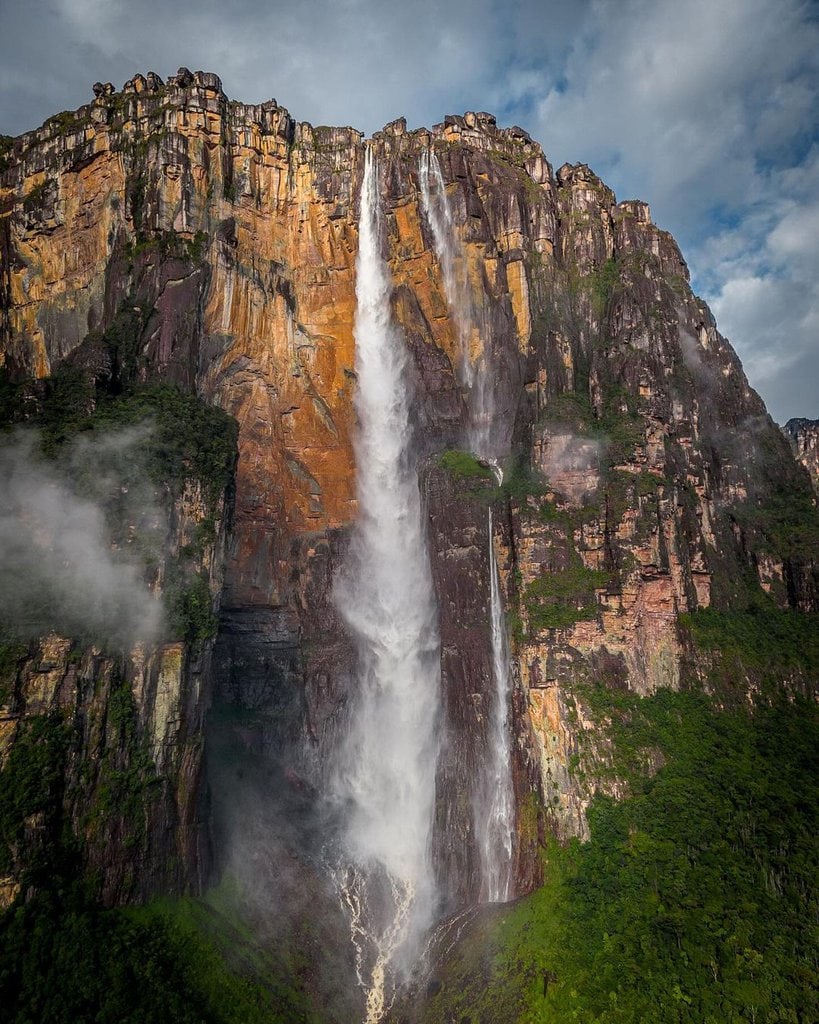A Vital Ecological Partnership
Sea otters play a critical role in the health of California’s kelp forests, forming an essential ecological partnership. By preying on sea urchins, which graze on kelp, otters help control urchin populations and prevent overgrazing of kelp beds. This dynamic interaction between otters and urchins has a profound impact on the structure and resilience of kelp ecosystems, highlighting the interconnectedness of species within marine environments.

The Impact of Otter Decline
Historically, sea otters were abundant along the California coast, exerting significant influence on kelp forest dynamics. However, their populations declined drastically due to overhunting in the 18th and 19th centuries, leading to a cascade of ecological effects. With fewer otters to keep them in check, sea urchin populations surged, resulting in widespread kelp deforestation and loss of biodiversity within kelp ecosystems.
Conservation Efforts and Ecological Recovery
In recent decades, conservation efforts have focused on restoring sea otter populations and promoting the recovery of kelp forests along the California coast. Through reintroduction programs and protected marine reserves, scientists and conservationists are working to bolster otter numbers and restore balance to coastal ecosystems.

As otter populations rebound, so too does the health of kelp forests, providing habitat for a diverse array of marine life and enhancing coastal resilience to environmental stressors. By recognizing the vital role of sea otters in maintaining healthy kelp ecosystems, we can better appreciate the intricate web of life that thrives along the California coast and the importance of conservation efforts in preserving these unique marine environments.
Exploring the World’s Largest Waterfall
The Magnificent Angel Falls
Tucked away in the dense jungles of Venezuela’s Canaima National Park lies Angel Falls, the largest waterfall on Earth. Named after Jimmy Angel, a US aviator who first spotted the falls from the air in 1933, Angel Falls plunges an astonishing 3,212 feet from the summit of Auyán-tepui, a towering table mountain.
The falls cascade down the sheer cliffs of the tepui in a breathtaking display of natural beauty, creating a mesmerizing spectacle that draws visitors from around the globe. Angel Falls is not only a testament to the Earth’s geological wonders but also a cultural icon and source of inspiration for artists, adventurers, and nature enthusiasts alike.

A Geological Marvel
The formation of Angel Falls is a result of the unique geological processes that have shaped the landscape of Canaima National Park over millions of years. Auyán-tepui, the tabletop mountain from which the falls originate, is composed of ancient sandstone and quartzite rocks that date back to the Precambrian era.
The sheer cliffs of the tepui create a perfect canvas for water to cascade down, forming Angel Falls as it plunges into the depths below. The surrounding rainforest, with its lush vegetation and diverse wildlife, adds to the allure of the falls, creating a pristine wilderness teeming with life.
Preserving a Natural Treasure
As one of the world’s most iconic natural wonders, Angel Falls serves as a reminder of the importance of preserving our planet’s precious ecosystems. Canaima National Park, where the falls are located, is recognized as a UNESCO World Heritage Site, protecting its unique biodiversity and cultural heritage. However, the park faces threats from deforestation, mining, and other human activities that endanger its delicate ecosystems.

By promoting sustainable tourism and conservation efforts, we can ensure that future generations have the opportunity to experience the awe-inspiring beauty of Angel Falls and appreciate the wonders of our natural world.